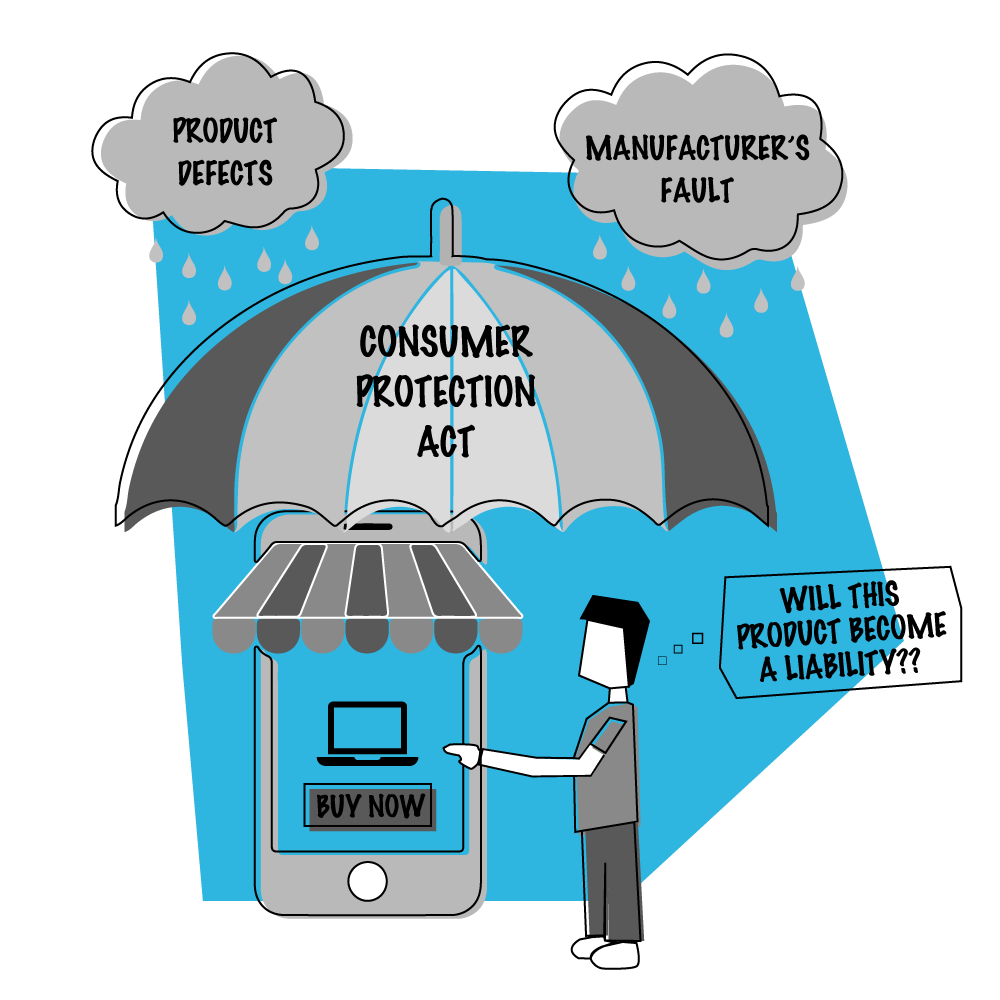The Law on Product Liability: How Different States are Dealing With the Problem

What is product liability?
Product liability basically means that where a consumer makes some person legally liable for the defect in the product that has caused any damage to them. So, in simple terms, this principle means that some person is being made responsible for any defects that have been found in the product either manufactured, provided, rented, sold, etc. by them. It is essentially a cause of action given to the plaintiffs (buyer/user) to sue the defendants (seller/manufacturer). The principle is intended to protect the rights of a consumer and to ensure the consumer’s safety and their right to seek compensation for any damages that have been caused to them. This law includes the negligence of any manufacturer or seller in dealing with the product and further provides speedy and adequate compensation to the buyer/ user so that the buyer/user does not suffer for the loss that has been caused to them because of someone else’s misconduct. In most cases, the principle of strict liability is made applicable in order to associate the liability with the defendants.
Primarily, different jurisdictions have their own law that deals with product liability. Some countries may have dedicated legislation to deal with the problem while some only rely on the judicial precedents or tortious claims. The growing urge to protect the interests of the consumer has motivated States to bring this law within the framework of their consumer protection laws. Below, the position of some countries on product liability is discussed in regard to what is the framework in these countries to address the law on the same.
UK
In the jurisdiction of the UK, a strict approach is taken against product liability. The Consumer Protection Act of 1987 deals with the claims of those who have suffered damage due to defective products. The strict liability approach is been taken under the Consumer Protection Act where the claimant merely has to prove the defect and not the fault. Section 2(1) of the Act states that where any damage is caused wholly or partly by a defect in a product, every person who either is a producer, or has held himself as a producer by putting his name on the product, or who has imported the product to supply, shall be liable for the damages caused. Defect under this act is explained in Section 3(1) wherein it is understood that the product is defective if the safety of the product is not such as persons generally are entitled to expect; and for those purposes “safety”, in relation to a product, shall include safety with respect to products comprised in that product and safety in the context of risks of damage to property, as well as in the context of risks of death or personal injury. So, the presence of a defect is a sine qua non in order to claim damages.
Under the act, there is no financial limit for claiming the damages for product liability and one can claim damages for death, personal injury, or damages caused to the private property as provided under Section 5 of the Act. Moreover, when two or more persons are jointly liable, then there is liability shall be joint and several. Additionally, the principle applied here is strict liability and not absolute liability, which means certain exceptions are also provided. Therefore, the same exceptions are provided under Section 4 of the Act. Some of them include- defects attributable to any compliance requirements imposed by any law, or that the defect did not exist in the product at the relevant time, etc. Therefore, the law on product liability in the UK is straightforward and precise so as to provide immediate relief to the consumers.
INDIA
The Consumer Protection Act, 20191 has clearly defined the law on product liability in India. According to Section 2(34), product liability means the responsibility of a product manufacturer or product seller, of any product or service, to compensate for any harm caused to a consumer by such defective product manufactured or sold or by deficiency in services and similarly Section 2(35) defines product liability action as a complaint filed by a person before a District Commission or State Commission or National Commission, as the case may be, for claiming compensation for the harm caused to him. Interestingly, the harm in relation to product liability is also defined under Section 2(22). The harm includes, firstly, damages to any property, other than the product itself, secondly, personal injury, illness, or death, thirdly, mental agony or emotional distress attendant to personal injury or illness or damage to property, or any loss of consortium or services or other loss resulting from harm referred in first three points.
The action against the claim for product liability lies against the product manufacturers, product seller, or the product service provider depending on the nature of the case. Particularly Chapter VI of the Act deals with Product Liability in detail. Section 83 specified that a product liability action can be brought by a complainant for any harm caused to him on account of a defective product. In this chapter, individual liability of product manufacturer, service provider, and product seller is provided exhaustively so that the consumer can bring the action against the correct person accurately. Nonetheless, the chapter also deals with the exceptions that shall be applicable to product liability action. Other than Consumer Protection Act; the Sale of Goods Act, 1930, and the Indian Contracts Act, 1872 also deals with the product liability law. Tortious claims are also acceptable in India as India is a common law country that functions on common laws.
CANADA
In Canada, the law on product liability follows common law all over the State except in Quebec which is a territory ruled by civil law and there Quebec Civil Code deals with product liability. The traces of product liability in Canada can be found in their statutory law, however, there is no single scheme that deals with product liability in Canada. So, mostly it’s the case laws and different legislations together that act as a framework for product liability. Section 13 to 15 of the Sales of Good Act, 19902 provides some sort of protection to consumers. Nonetheless, privity of contract is necessary between the parties for the purposes of suing the other party. So, a buyer can sue the seller who in return can sue the person from whom they bought the product, and ultimately reaching to the manufacturer for claiming the liability.
In Canada, the party claiming that the product is defective has the burden of proof to show that the product was defective and further what injury has been caused by the defect. Other than that, one can sue the parties under Contract Law where the remedy is provided to parties when enforceable promises are breached. An action under the Law of Tort is also recognized in Canada where the parties claim tortious product liability on grounds of negligence.
USA
In the USA, there is no Federal law on product liability and each State has its own way of dealing with product liability. In some of the US States, they have statutes that deal with product liability while in some States, judicial precedents are the only ones on this principle. Because of this, it totally depends on under which State jurisdiction you are bringing your claim of product liability in the US. This has also led to cases of forum shopping or bench hunting. In order to seek uniformity, the US Department of Commerce has provided the published version of the Model Uniform Products Liability Act (MUPLA)3 Through this Model Law, it has been intended that a common and uniform procedure shall be followed in dealing with product liability cases. Commonly, the product liability claims in the USA are based on negligence, strict liability, or breach of warranty or fitness, and any person, who makes products available to the public, can be held responsible for the injuries caused by those products. Similar to other countries, the burden to prove the essential elements including the defect in the product and the injuries caused is on the plaintiff. Parallel to this, defenses like assumption of risk, comparative fault, estoppel, etc. are available to the defendant.
Conclusion
As it can be seen, the law on product liability is a strong framed law and globally, most States have their own way of dealing with the same and majorly, they have a strict approach towards the problem. It is because product-related risks are one of the greatest challenges in the business world today where defective products not only affect the consumer sentiments but also result in a risk to the public safety and health alongwith monetary damages. Further, there is always a risk of delayed justice because of the long chain that deals with manufacturing, selling, etc. behind every product. So, suing and seeking compensation from the actual violator instead of only the ancillaries is still a difficult job. Nonetheless, with the evolving essence of consumerism and consumer safety, certainly, more clarity would come with time on the product liability law across the world.
References

